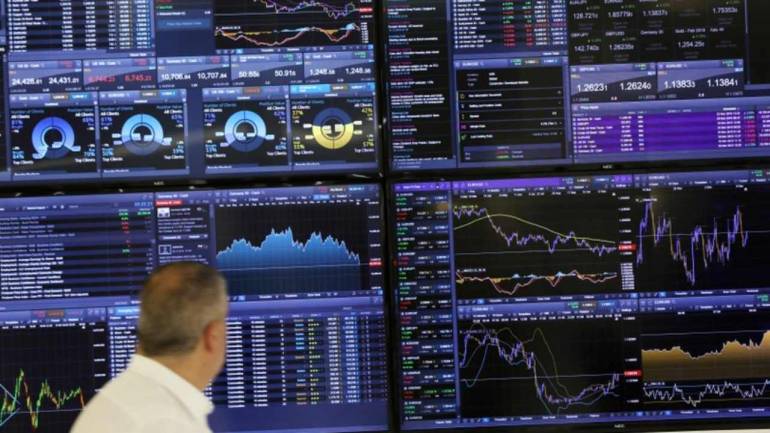Read on to know why another fall could be in the offing
Stock market bubbles don't grow out of thin air. They have a solid basis in reality, but reality as distorted by misconceptions - George Soros
The unprecedented rally in the US stock markets, pre-coronavirus, had the most ardent of bulls worried.
The S&P 500 index, which is often considered as the proxy to the US economy, had rallied a whopping 31.5 percent in 2019 while earnings growth of the US Inc was just 1.7 percent. Despite the growing disparity, the bull market continued to prove insanely resilient raising concerns over the existence of a bubble (more on it later).
“Current hypervalued extremes are likely to be followed by market losses on the order of two-thirds of the value of the S&P 500,” wrote John Hussman of Hussman Strategic in a note to clients in January. “I recognize that the notion of a two-thirds market loss seems preposterous. Then again, so did similar projections before the 2000-2002 and 2007-09 collapses.”
While Hussman's sobering prediction has not come true just yet, the nonchalant rally did come to a screeching halt in mid-February amid rising concerns over the novel coronavirus.
From 24 to 28 February, stock markets worldwide reported their largest one-week declines since the 2008 financial crisis. March was even worse; Dow Jones wiped off over 13 percent and the S&P 500 fell more than 12 percent.
While the carnage was primarily driven by lockdowns around the world. The possible existence of a bubble accelerated the fall.
The relief rally in April has raised hopes of the stock market returning to normal but going by Canadian Scholar Jean-Paul Rodrigue's "Stages in a bubble", the "return to normal" may trigger another, and a much more ferocious, bout of selling which will lead to “fear”, “capitulation,” and ultimately “despair”.

Rodrigue explained that bubbles unfold in stages, an observation backed by 500 years of economic history. “Each mania is obviously different,” he said. “But there are always similarities.”, quoted a MarketWatch report.
The current levels of the S&P 500 in conjunction with Rodrigue's model suggest that the market may soon be approaching the much-dreaded "normal".

Was there a bubble in the Indian stock market?
While the Indian market was on a similar trajectory as its US counterpart, the rally was mostly limited to a few heavyweight stocks.
"Before the coronavirus outbreak, there was a bubble in a top few quality largecap companies that kept Nifty and other indices higher, but the larger universe was struggling because of the slowdown in the economy," said Nirali Shah, Senior Research Analyst, Samco Securities.
Leading up to the COVID-19 crisis, the economy had been on a downturn for several quarters. Poor corporate earnings, sectoral slowdown, low demand and deteriorating global environment had forced GDP growth rate to a multi-year low of 4.7 percent in Q3 FY20. At the same time, benchmark indices, Nifty and Sensex, were forming new highs pretty much every week.
However, analysts feel the disparity wasn't critical enough to warrant the existence of a bubble.
"Overall, the market was priced marginally on the higher side with Nifty P/E in January, hitting a high of 28.67 versus a current low of 20.56, but that was restricted to few bellwether stocks. Market-Cap to GDP ratio, which stood at 80 in January 2020 was a far cry from the all-time high of 158, since the pre-2008 crisis. This clearly indicated that we were not in a bubble zone," said Aamar Deo Singh, Head Advisory, Angel Broking
He added that a slew of corporate failures, such as the IL&FS crisis and the Yes Bank debacle, had turned investors cautious due to which a large chunk of money shifted to quality names, thereby, driving the indices higher.First Anniversary Offer: Subscribe to Moneycontrol PRO’s annual plan for ₹1/- per day for the first year and claim exclusive benefits worth ₹20,000. Coupon code: PRO365











